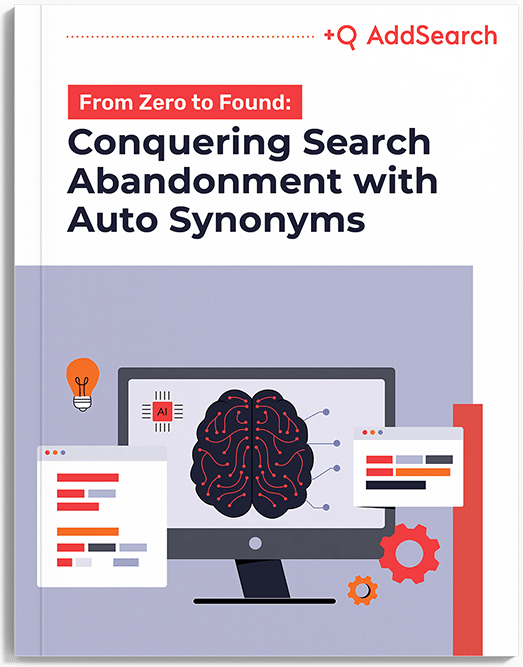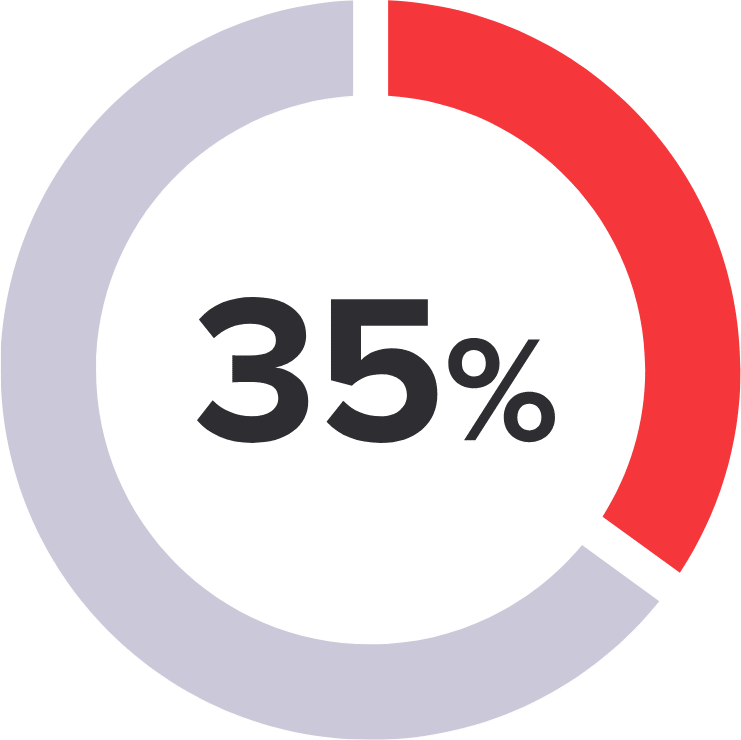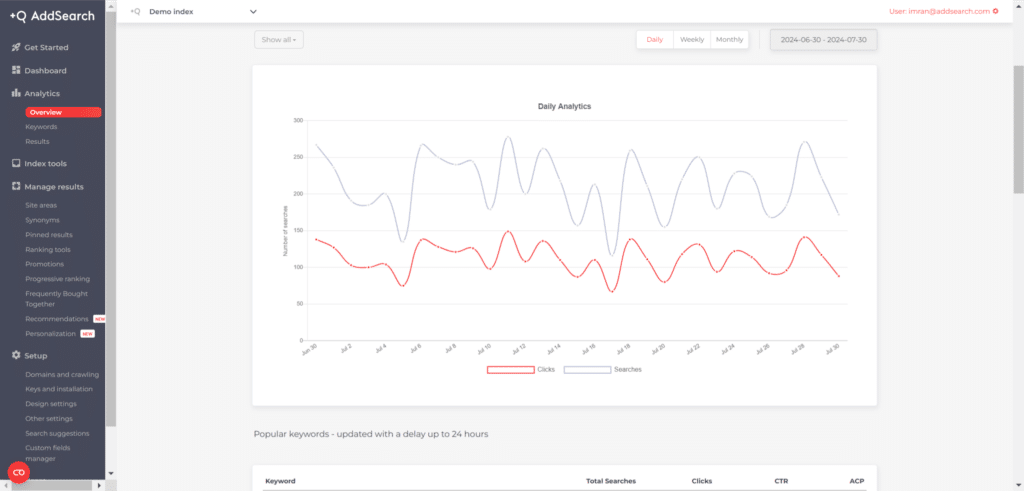Imagine walking into your favorite store, and the sales associate greets you by name, remembers your previous purchases, and recommends items perfectly suited to your taste. That’s the power of personalization – it makes you feel valued, understood, and more likely to make a purchase. Now, what if you could replicate that experience on your website?
In today’s digital landscape, customers crave personalized experiences. In fact, a study by Epsilon found that 80% of consumers are more likely to do business with a company if it offers personalized experiences. A personalized customer experience goes beyond simply addressing customers by their names; it involves tailoring every interaction to their individual needs, preferences, and behaviors. From the moment they land on your homepage to the checkout process and beyond, each touchpoint should feel uniquely relevant to them.
In this guide, we’ll walk you through the steps to create a personalized customer experience on your website, from understanding your audience to implementing AI search and recommendation strategies. We’ll also highlight the benefits of personalization and show you how it can drive engagement, conversions, and customer loyalty. By the end, you’ll have a clear roadmap to transform your website into a personalized powerhouse that delights your customers and sets you apart from the competition.

Losing customers to no hit searches? Auto Synonyms helps turn every missed search into a successful find. Learn how in our latest white paper.

Why personalization matters
In the age of digital overload, capturing and retaining your audience’s attention is a challenge. Enter personalization: the art of tailoring your website experience to each individual visitor. It’s more than just a buzzword; it’s a proven strategy to elevate customer engagement, boost conversions, and foster lasting loyalty.
Increased engagement:
Think about it: When you walk into a store and the staff knows your name, preferences, and past purchases, you’re instantly more engaged. You feel like a valued customer, not just another number. The same principle applies to your website. By delivering personalized content, recommendations, and offers, you create a captivating experience that encourages visitors to stay longer and explore more. This increased engagement translates to more page views, longer session durations, and ultimately, a deeper connection with your brand.
Improved conversions:
When your website speaks directly to a visitor’s interests and needs, they’re more likely to convert. Personalized product recommendations based on their browsing history or demographic data can significantly increase the chances of a purchase. Tailored offers and promotions make them feel seen and valued, prompting them to take advantage of the deals presented to them. By aligning your messaging and offerings with individual preferences, you remove the guesswork for customers and guide them smoothly towards conversion.
Enhanced customer loyalty:
Personalization is about building relationships. When customers feel understood and valued, they’re more likely to return to your site and become repeat buyers. By consistently delivering relevant and tailored experiences, you foster a sense of loyalty that goes beyond simple transactions. This not only leads to increased customer lifetime value but also turns satisfied customers into brand advocates who spread the word about your business.
Competitive advantage:
In the crowded online marketplace, personalization can be your secret weapon. When customers are faced with a sea of choices, a personalized experience can be the deciding factor that sets your brand apart. By investing in personalization strategies, you demonstrate a commitment to understanding and meeting your customers’ needs, giving you a competitive edge that can’t be easily replicated.

Understanding your audience
Personalization starts with truly understanding your audience. It’s not about making assumptions or relying on generic demographics. It’s about diving deep into the data and uncovering the unique preferences, behaviors, and needs of your customers.
Data collection:
The foundation of any successful personalization strategy is data. By collecting relevant data on your website visitors, you gain valuable insights into their interests, preferences, and pain points. This data can be gathered through various methods, such as:
- Website analytics: Track user behavior on your site, including pages visited, time spent on each page, and click-through rates. This information can reveal popular products, content categories, and user journeys.
- Purchase history: Analyze past purchases to understand customer preferences and identify potential cross-selling or upselling opportunities.
- Surveys and feedback: Gather direct feedback from customers through surveys or feedback forms to understand their needs and expectations.
- AI search data: Leverage AI-powered search tools like AddSearch to analyze search queries and gain insights into what customers are looking for.

For a deeper dive on site search data we recommend checking out our blog post on Simplifying Site Search Data.
Segmentation:
Once you’ve collected data, it’s time to segment your audience into distinct groups based on shared characteristics. This could include demographics (age, gender, location), behavior (browsing history, purchase history), or interests (product categories, content topics). By segmenting your audience, you can tailor your messaging, recommendations, and offers to specific groups, making them more relevant and engaging.
Customer journey mapping:
Mapping the customer journey involves visualizing the different stages a customer goes through, from initial awareness to purchase and beyond. By understanding the touchpoints and interactions at each stage, you can identify opportunities for personalization. For example, you might offer personalized product recommendations on the homepage for new visitors, while returning customers might see tailored offers based on their past purchases.
Implementing Personalization Strategies
Now that you understand your audience, it’s time to put that knowledge into action. Here are some effective personalization strategies you can implement on your website:
- Product Recommendations: Leverage AI-powered recommendation engines to suggest relevant products based on user behavior, preferences, and purchase history. This can be done through “Frequently Bought Together” sections, or even “Recommended for You” widgets. AddSearch Recommend is a powerful tool that can help you implement this strategy effectively.
- Dynamic Content: Tailor the content displayed on your website based on user segments. For example, you could show different homepage banners, featured products, or blog articles to different user groups based on their interests or demographics.
- Targeted Offers and Promotions: Create personalized offers and promotions that resonate with specific customer segments. This could involve offering discounts on products that a user has previously viewed or providing exclusive deals to loyal customers.
- Email Personalization: Go beyond generic email blasts and send personalized emails based on user data and behavior. This could include abandoned cart reminders with personalized product recommendations, birthday discounts, or curated newsletters based on individual interests.
- Personalized Search Results: Tailor search results based on user preferences and past behavior. This can be achieved through AI search algorithms that learn from user interactions and prioritize relevant results. You can learn more on personalized search in our essential facts post here.
By implementing these personalization strategies, you can create a more engaging and relevant experience for your customers, leading to increased conversions, customer loyalty, and ultimately, business growth. Remember, personalization is an ongoing process. Continuously analyze data, gather feedback, and refine your strategies to ensure you’re delivering the most impactful experiences possible.
Measuring and optimizing personalization
Personalization isn’t a “set it and forget it” strategy. It’s an ongoing process that requires continuous measurement and optimization to ensure you’re delivering the most impactful experiences for your customers.
Key metrics:
To gauge the effectiveness of your personalization efforts, it’s crucial to track key metrics that reflect user engagement, conversion rates, and overall satisfaction. Some essential metrics to monitor include:
- Click-through rates (CTR): How often are users clicking on personalized recommendations or offers? A high CTR indicates that your personalization efforts are resonating with your audience.
- Conversion rates: Are personalized experiences leading to more purchases or desired actions? Tracking conversion rates helps you understand the direct impact of personalization on your bottom line.
- Customer lifetime value (CLTV): Are personalized experiences fostering long-term customer loyalty and repeat purchases? CLTV measures the total value a customer brings to your business over time, and personalization can significantly impact this metric.
- Net promoter xcore (NPS): How likely are your customers to recommend your brand to others? NPS is a valuable indicator of customer satisfaction and loyalty, which can be influenced by personalized experiences.
- Time on site and pages per session: Are users spending more time on your site and exploring more pages due to personalized content and recommendations? These metrics can reveal the level of engagement driven by personalization.

A/B testing:
A/B testing is a powerful tool for optimizing your personalization strategies. By creating two versions of a webpage or email with different personalization elements, you can compare their performance and determine which version resonates better with your audience. This allows you to make data-driven decisions and refine your personalization tactics over time.
Continuous improvement:
Personalization requires continuous monitoring, analysis, and refinement. Regularly review your data, gather customer feedback, and stay up-to-date with the latest trends and technologies in AI search and personalization. By embracing a culture of continuous improvement, you can ensure that your personalization efforts remain effective and deliver lasting value to your customers and your business.
Conclusion
The power of personalization lies in its ability to make customers feel seen, understood, and valued. By leveraging AI-powered search and recommendation engines, you can deliver the right products and content to the right people at the right time. This level of relevance and personalization can significantly impact your bottom line, driving sales and fostering long-term customer relationships.
Don’t let your website get lost in the sea of sameness. Embrace personalization and unlock the full potential of your online presence.
Ready to experience the power of personalized search and recommendations? Try AddSearch for free today and see the difference it can make for your online store.










